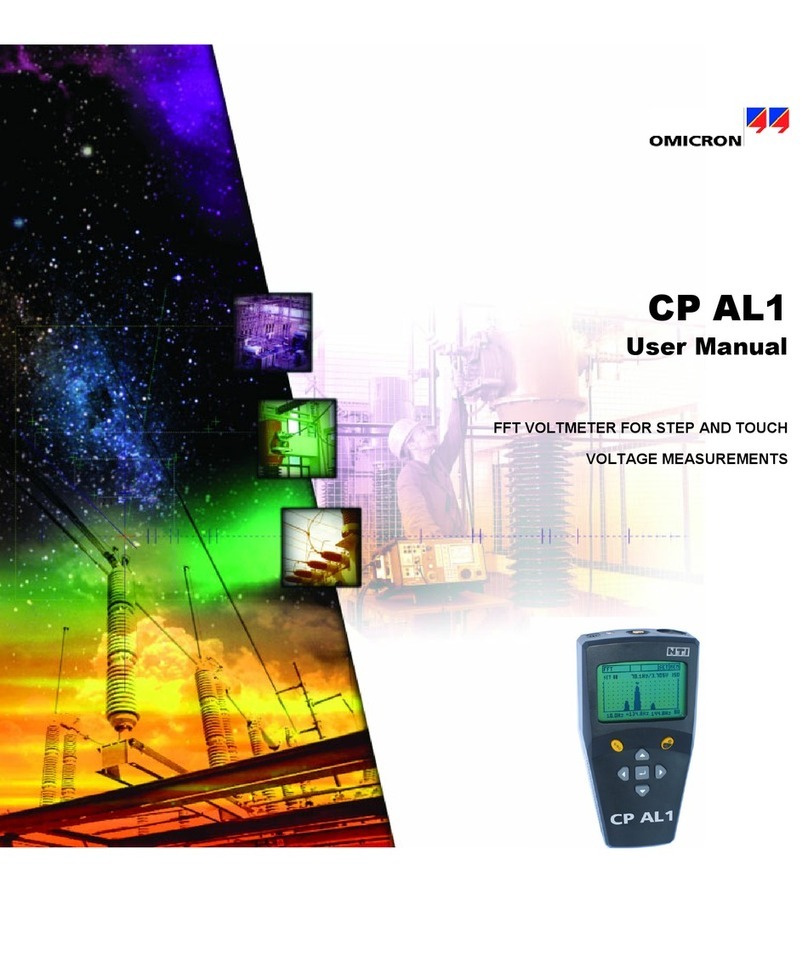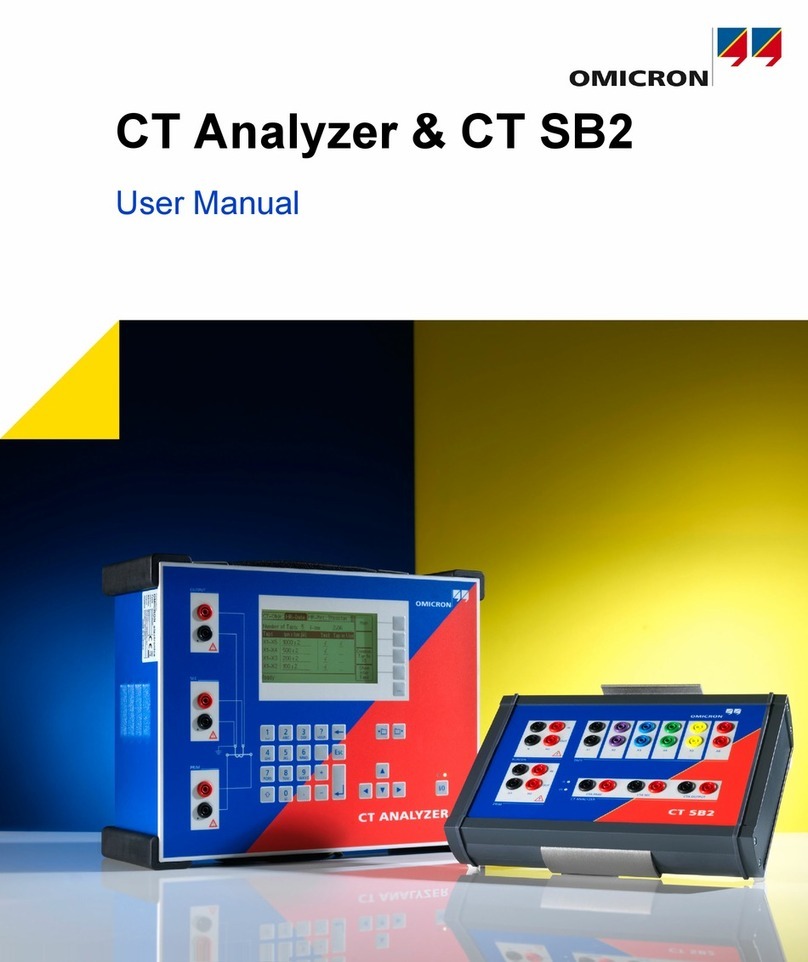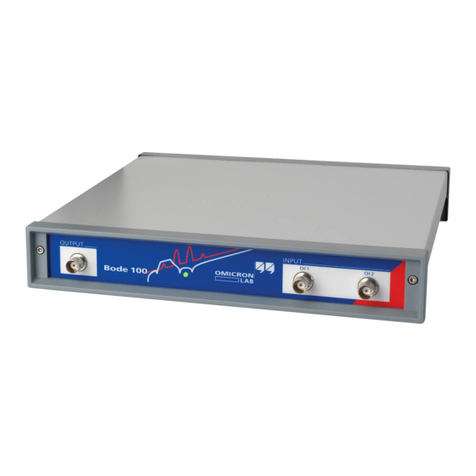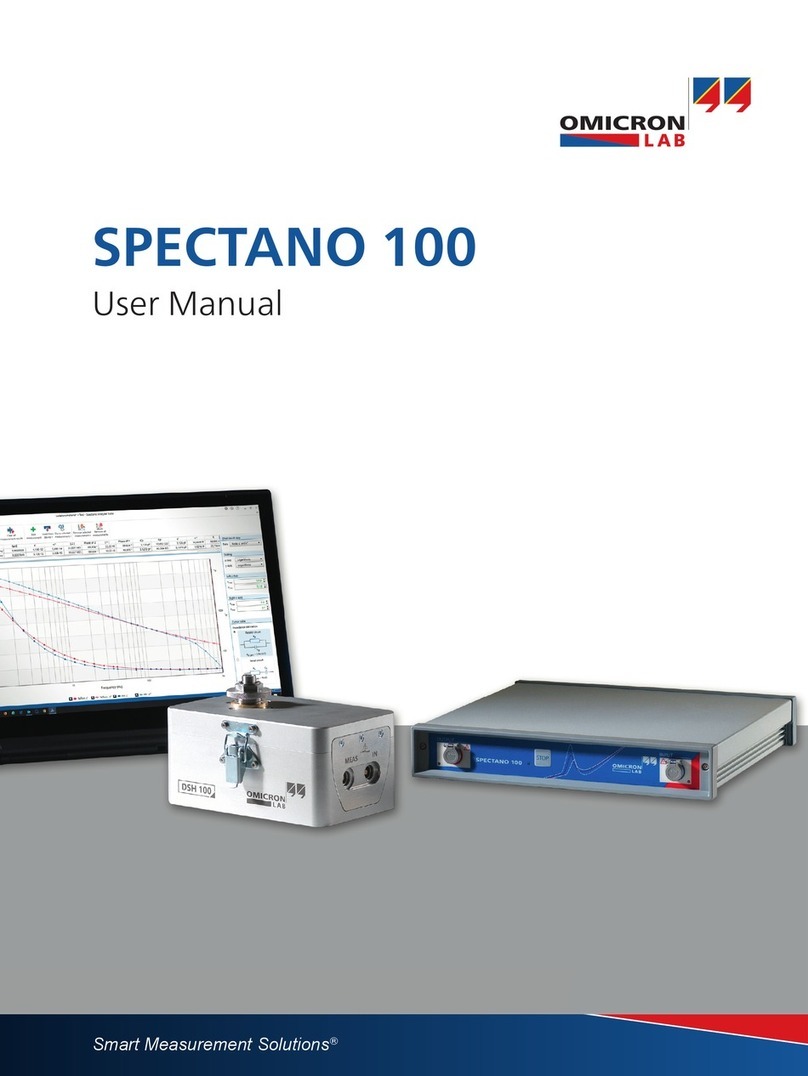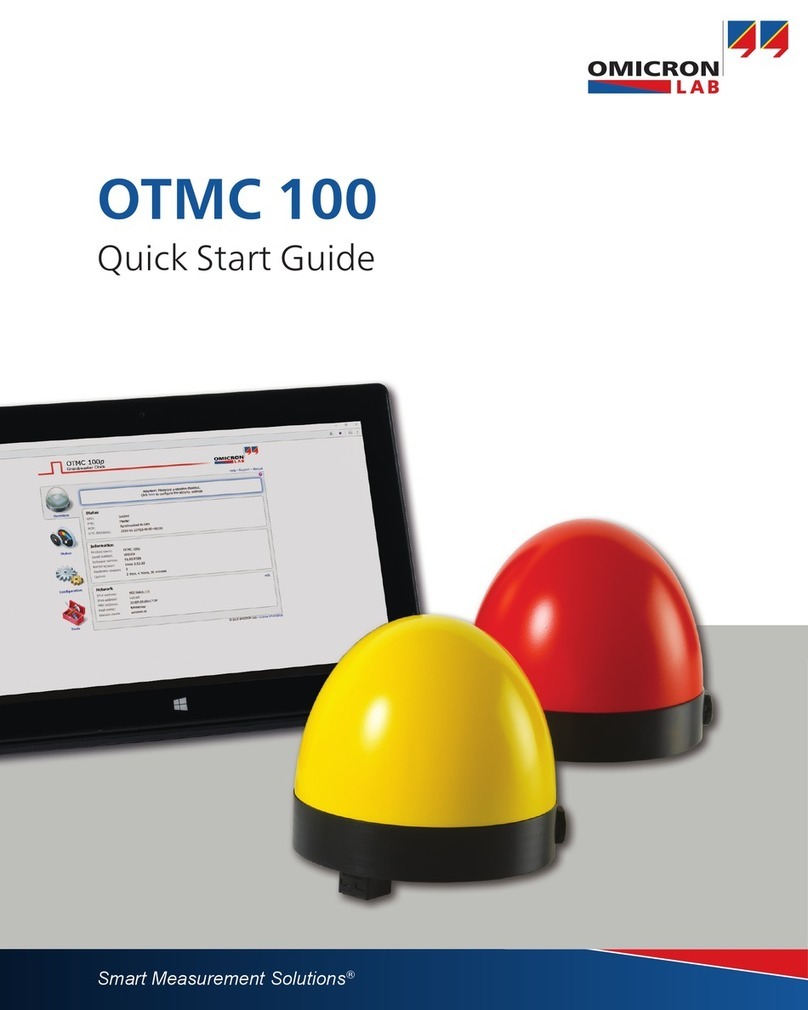
Contents
1 About this Quick Start Guide..........................................................................3
Safety symbols used ..........................................................................................3
2 Safety instructions ..........................................................................................4
2.1
Operator qualifications and safety standards......................................................4
2.1.1
Additional operator qualifications for testing with high and low voltage systems 4
2.2
Five safety rules .................................................................................................5
2.3
Instructions.........................................................................................................5
2.4
Orderly measures...............................................................................................6
2.5
Designated use ..................................................................................................6
2.6
Disclaimer ..........................................................................................................7
3 Compliance statements and recycling ..........................................................8
3.1
Compliance statements ......................................................................................8
3.2
Recycling............................................................................................................8
4 PC requirements..............................................................................................9
5 Introduction ...................................................................................................10
5.1
SPECTANO 100...............................................................................................10
5.2
Methods ...........................................................................................................10
5.3
DTS1 dielectric test sample box .......................................................................11
5.4
Frequency domain spectroscopy (FDS)............................................................11
5.5
Polarization current method (PDC)...................................................................11
5.6
DSH 100 Dielectric Sample Box .......................................................................11
5.7
Combined mode (FDS and PDC) .....................................................................12
5.8
Scope of delivery and ordering information.......................................................13
5.8.1
Main package ......................................................................................................13
5.8.2
Optional accessories...........................................................................................14
6 Device description.........................................................................................15
6.1
SPECTANO 100...............................................................................................15
6.1.1
Connectors and operating controls .....................................................................15
6.1.2
Cleaning ..............................................................................................................18
6.2
DTS1 dielectric test sample box .......................................................................18
7 Installation .....................................................................................................20
7.1
Install SPECTANO Analyzer Suite....................................................................20
7.2
Power up SPECTANO 100...............................................................................21
7.3
Connect SPECTANO 100 to the computer .......................................................21
7.4
Connect SPECTANO 100 to a test object.........................................................22
7.4.1
Typical setup for a test cell with guard ring .........................................................25
7.4.2
Typical setup for a test cell without guard ring....................................................26
